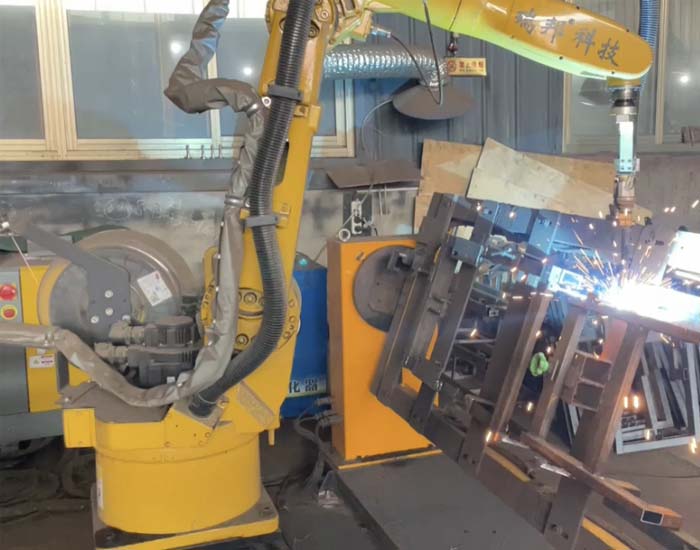wheat reaper machine
The wheat reaper machine, an essential invention in agricultural history, has dramatically transformed the process of wheat harvesting. Before its inception, farmers relied on manual labor, using sickles to cut wheat by hand. This labor-intensive method was time-consuming and physically demanding, leading to inefficiencies in food production. The introduction of the wheat reaper machine revolutionized the agricultural industry, facilitating increased productivity and efficiency.
The first practical design of the reaper was developed in the early 19th century, most notably by Cyrus McCormick in 1831. His machine mechanized the cutting of grain, allowing a single operator to reap larger fields in significantly less time than a whole team of workers could manage manually. This advancement not only reduced the physical strain on farmers but also allowed for the expansion of agricultural land. With the ability to harvest more wheat in a shorter period, farmers could cultivate larger areas, which contributed to greater food production to meet the demands of a growing population.
The wheat reaper machine employs a series of blades and a conveyor system to efficiently cut and collect wheat stalks
. Modern advancements have led to improvements in design, resulting in combine harvesters that can not only reap but also thresh and clean the grain in one continuous operation. This innovative machinery not only saves time but also reduces the need for additional labor and minimizes the loss of grain during harvesting.wheat reaper machine

The impact of the wheat reaper machine extends beyond just efficiency in the field. It has also played a pivotal role in shaping rural economies and communities. With increased agricultural productivity, surplus grain could be stored or sold, leading to improved financial stability for farmers. This shift has allowed many to invest in better equipment and practices, further enhancing their yields and contributing to the overall growth of the agricultural sector.
In conclusion, the wheat reaper machine stands as a symbol of innovation in farming, illustrating how technology can revolutionize traditional practices. By enhancing efficiency, reducing labor costs, and boosting agricultural productivity, it has laid the groundwork for modern farming techniques that continue to evolve today. The legacy of the wheat reaper machine endures as a testament to human ingenuity in the pursuit of progress in the agricultural industry.
Latest news
-
When to Upgrade Your Old Forage HarvesterNewsJun.05,2025
-
One Forage Harvester for All Your NeedsNewsJun.05,2025
-
Mastering the Grass Reaper MachineNewsJun.05,2025
-
How Small Farms Make Full Use of Wheat ReaperNewsJun.05,2025
-
Harvesting Wheat the Easy Way: Use a Mini Tractor ReaperNewsJun.05,2025
-
Growing Demand for the Mini Tractor Reaper in AsiaNewsJun.05,2025







